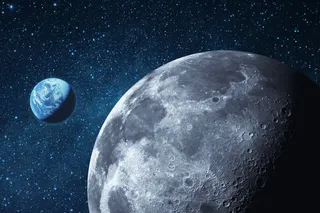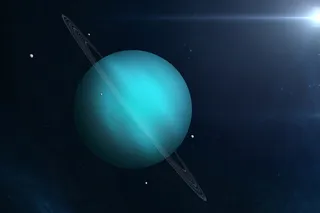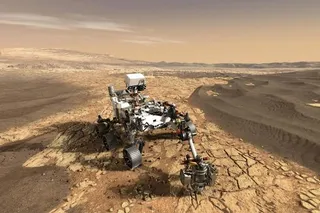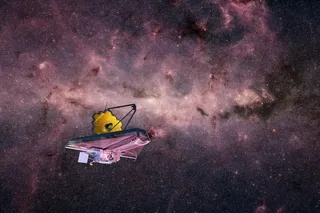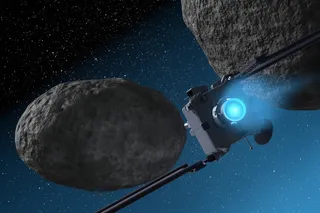Nowadays everyone calls it the "Curiosity rover," but I got to know it as the Mars Science Laboratory, and I'm too old and set in my ways to switch. Launched on November 26, 2011, the mission is scheduled to land on Mars's Gale Crater tonight/tomorrow morning: 5:31 UTC, which translates to 1:30 a.m. Eastern time or 10:20 p.m. Pacific. See here and here for info about where to watch. Between this and the Higgs boson, the universe is clearly conspiring to keep science enthusiasts on the East Coast from getting a proper night's sleep. NASA has done a great job getting people excited about the event, and one of their big successes has been this video, "Seven Minutes of Terror." Love the ominous soundtrack. [embed]http://www.youtube.com/watch?v=Ki_Af_o9Q9s[/embed] Mars is about fourteen light-minutes away from Earth, so scientists at the Jet Propulsion Laboratory aren't actually able to fine-tune the spacecraft's approach, like you ...
Mars Science Laboratory Touches Down Tonight
Explore the Mars Science Laboratory's Curiosity rover, set to land on Mars, marking a new era in our understanding of the planet.
More on Discover
Stay Curious
SubscribeTo The Magazine
Save up to 40% off the cover price when you subscribe to Discover magazine.
Subscribe

